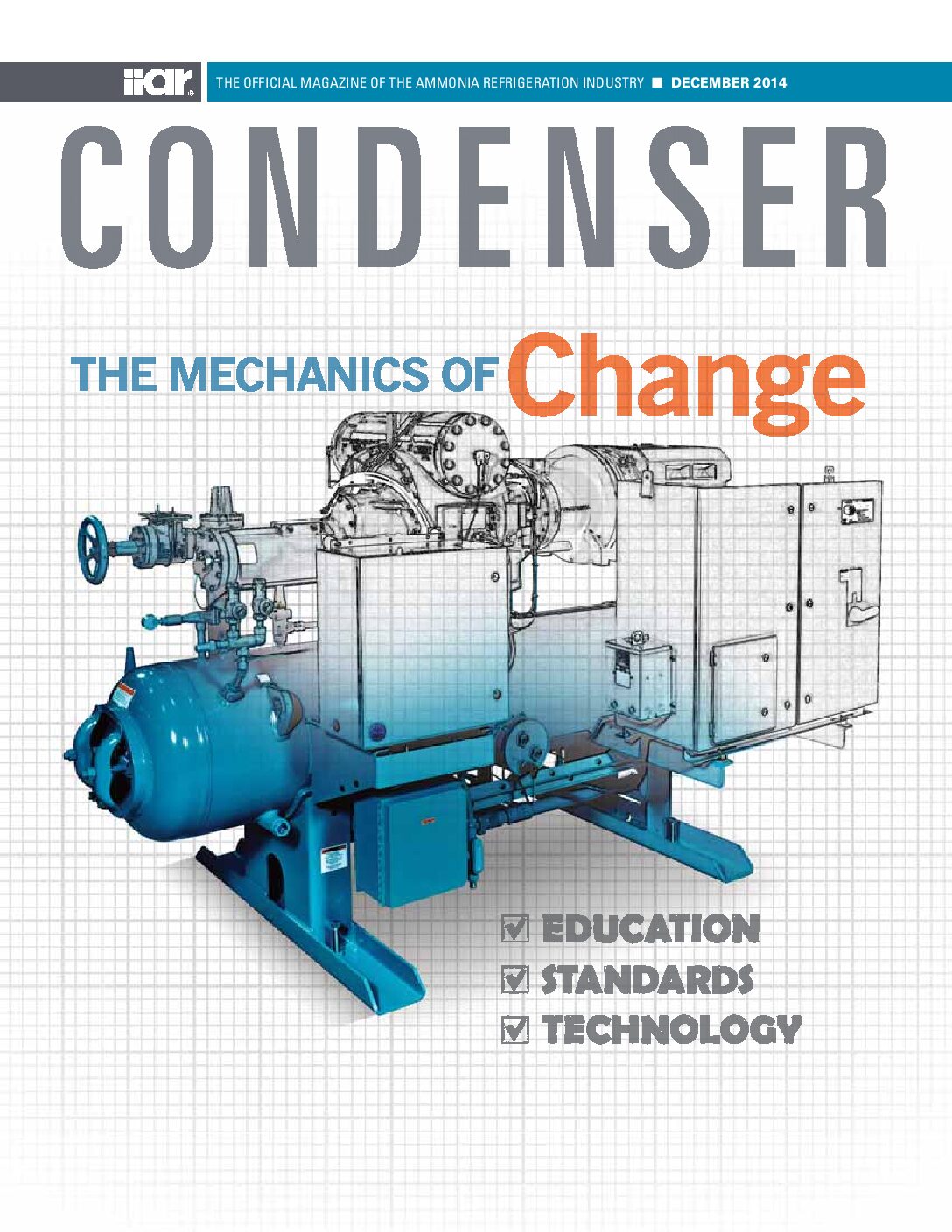Chairman’s Message
The New Year is almost here, and for many of us, that means we’re wrapping up projects and getting ready for 2015. At IIAR headquarters, your staff team is hard at work adding the fi nal touches to the annual conference programming and conducting general planning activities for the year ahead.
Read More
















